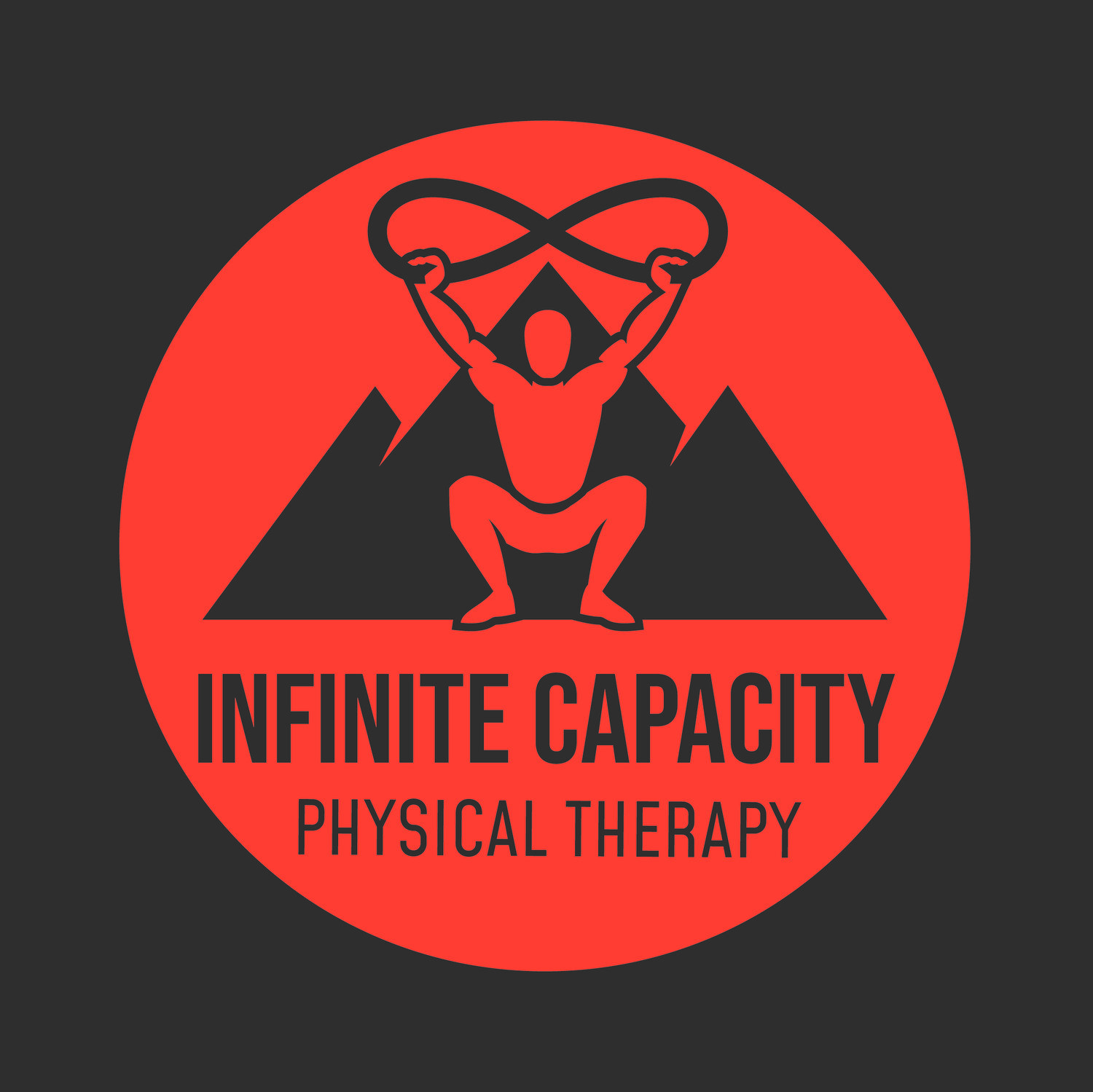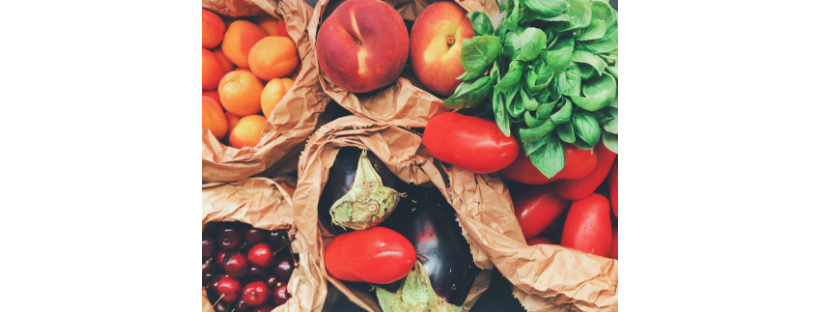Post-Training Recovery: Part Four- 2-8 Hours to Recover
2-8 Hours
If you have between 2 and 8 hours to recover before your next training or competition, here are some recovery methods you can use:
Nutrition: Rehydration Recommendations: It has been recommended, in order to properly rehydrate after exercise and training that individuals drink 1-1.5 liters of water for each kilogram of body mass lost during training (10).
Nutrition: Carbohydrate Recommendations: Less than 8 hours between training or competition sessions? Eat 1-1.2 grams of carbohydrate per kilogram of body mass immediately after training, then again every hour for 4 hours (10).
Nutrition: Protein Recommendations: After exercise, muscles have an increased sensitivity for protein intake for around 24 hours. It has been recommended that about 0.4-0.5 grams of protein per kilogram of lean body mass be ingested both before and after exercise within 4-6 hours of each other (11).
Active Recovery: Active recovery can be used post-exercise for reducing muscular fatigue and improving muscular performance. Active recovery should involve the muscle groups used during the fatiguing exercise, and should be performed at an intensity of about 30-60% of the individual’s maximal oxygen consumption. It can be performed for several minutes between sets, or for up to 15-20 minutes for post-training recovery. Although active recovery can produce acute recovery benefits, it has been shown to not produce long-term recovery benefits and should not replace other appropriate methods of recovery such as rest days (1,13,14).
Upper Extremity Compression Garments: Wearing compression garments can be effective for the recovery of strength after resistance exercise. Compression garments should be worn for 2-8 hours after activity for the arms (17,18).
References
(1) Mika, A., et al., Comparison of Two Different Modes of Active Recovery on Muscles Performance after Fatiguing Exercise in Mountain Canoeist and Football Players. PLOS ONE, 2016; 1-14. doi: 10.1371/journal.pone.0164216
(2) Kellmann, M., et al., Recovery and Performance in Sport: Consensus Statement. International Journal of Sports Physiology and Performance, 2018; 13: 240-245. doi: 10.1123/ijspp.2017-0759
(3) Borges, N., et al., Age-Related Changes in Performance and Recovery Kinetics in Masters Athletes: A Narrative Review. Journal of Aging and Physical Activity, 2016; 24: 149-157. doi: 10.1123/japa.2015-0021
(4) Schoenfeld, B. and Aragon, A.A., Is There a Postworkout Anabolic Window of Opportunity for Nutrient Consumption? Clearing up Controversies. Journal of Orthopaedic & Sports Physical Therapy, 2018; 48(12): 911-914. doi: 10.2519/jospt.2018.0615
(5) Brown, F., et al., Compression Garments and Recovery from Exercise: A Meta-Analysis. Sports Med, 2017; 47: 2245-2267. doi: 10.1007/s40279-017-0728-9
(6) Zatsiorsky, V.M. and Kraemer, W.J., Science and Practice of Strength Training: Second Edition. 2006, Human Kinetics.
(7) MacDonald, G.Z., et al., Foam Rolling as a Recovery Tool after an Intense Bout of Physical Activity. Medicine & Science in Sports & Exercise, 2013; 131-142. doi: 10.1239/MSS.0b013e3182a123db
(8) Malhotra, R.K., Sleep, Recovery, and Performance in Sports. Neurol Clin, 2017; 35: 547-557. doi: 10.1016/j.ncl.2017.03.002
(9) Semplonius, T. and Willoughby, T., Long-Term Links between Physical Activity and Sleep Quality. Medicine & Science in Sport & Exercise, 2018; 2418-2424. doi: 10.1249/MSS.0000000000001.706
(10) Kovacs, M.S. and Baker, L.B., Recovery interventions and strategies for improved tennis performance. Br J Sports Med, 2014; 48: i18-21. doi:10.1136/bjsports-2013-093223
(11) Schoenfeld, B.J. and Aragon, A.A., Is There a Postworkout Anabolic Window of Opportunity for Nutrient Consumption? Clearing up Controversies. J Orthop Sports Phys Ther, 2018; 48(12): 911-914. doi:10.2519/jospt.2018.0615
(12) Jäger, R., et al., International Society of Sports Nutrition Position Stand: protein and exercise. Journal of the International Society of Sports Nutrition, 2017; 14(20). doi 10.1186/s12970-017-0177-8
(13) Nalbandian, H.M., et al., Active Recovery between Interval Bouts Reduces Blood Lactate While Improving Subsequent Exercise Performance in Trained Men. Sports, 2017; 5(40). doi:10.3390/sports5020040
(14) Wiewelhove, T., et al., Effect of Repeated Active Recovery During a High-Intensity Interval-Training Shock Microcycle on Markers of Fatigue. International Journal of Sports Physiology and Performance, 2016; 11: 1060-1066.
(15) Stephens, J.M., et al., Effect of Body Composition on Physiological Responses to Cold-Water Immersion and the Recovery of Exercise Performance. International Journal of Sports Physiology and Performance, 2018; 13; 382-389.
(16) Zandvoort, C.S., et al., A customized cold-water immersion protocol favours one-size-fits-all protocols in improving acute performance recovery. European Journal of Sport Science, 2018; 18(1): 54-61.
(17) Brown, F., et al., Compression Garments and Recovery from Exercise: A Meta-Analysis. Sports Med, 2017; 47: 2245-2267. doi: 10.1007/s40279-017-0728-9
(18) Goto, K. and Morishima, T., Compression Garment Promotes Muscular Strength Recovery after Resistance Exercise. Medicine & Science in Sports & Exercise, 2014; 46(12): 2265-2270. doi: 10.1249/MSS.0000000000000359


